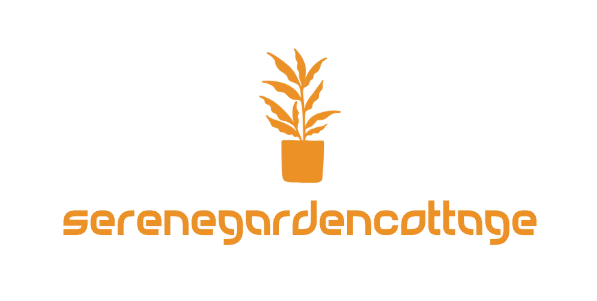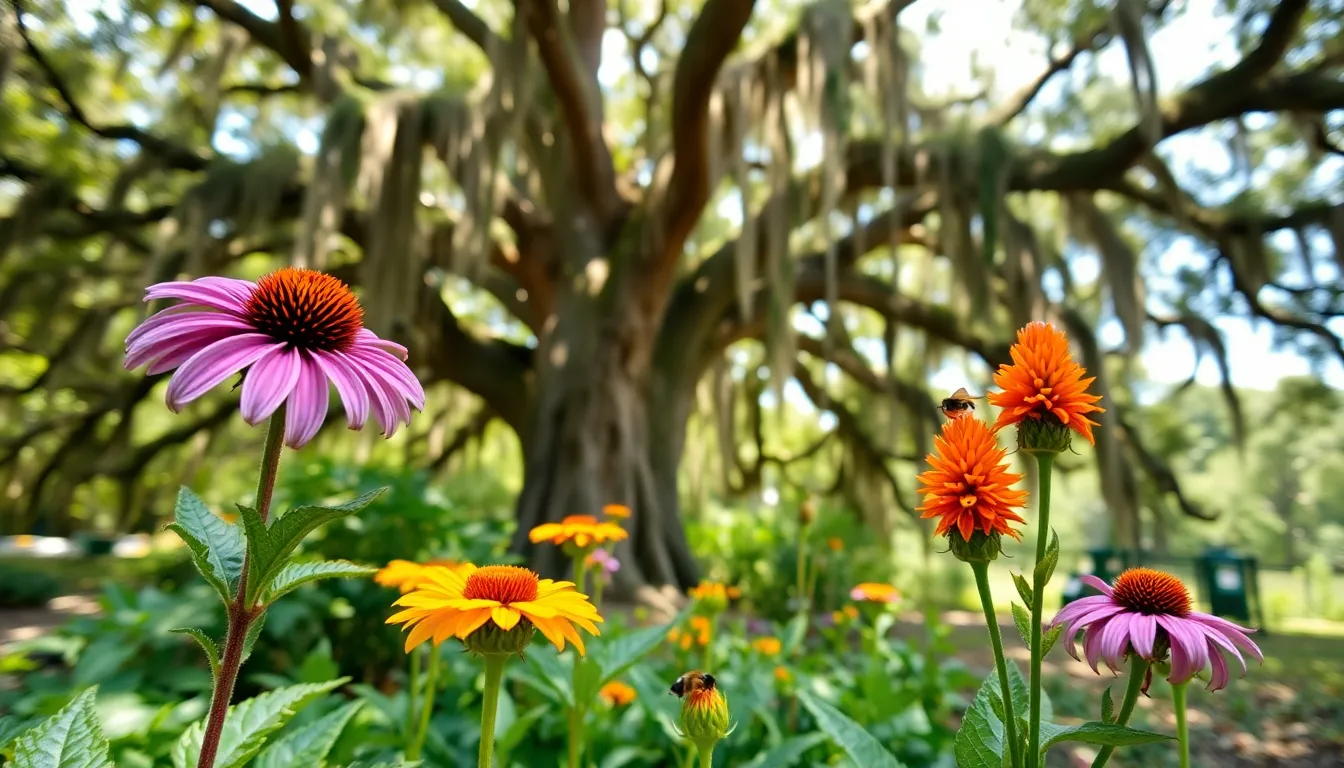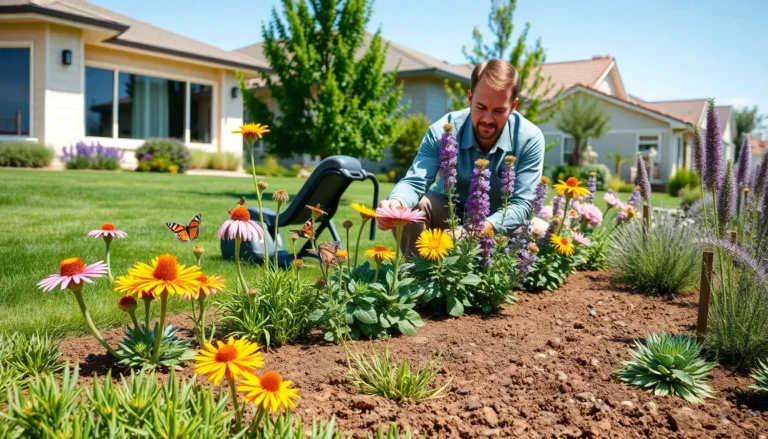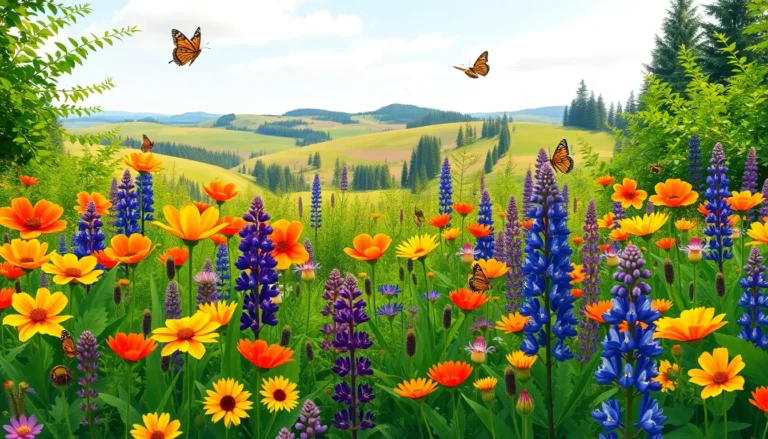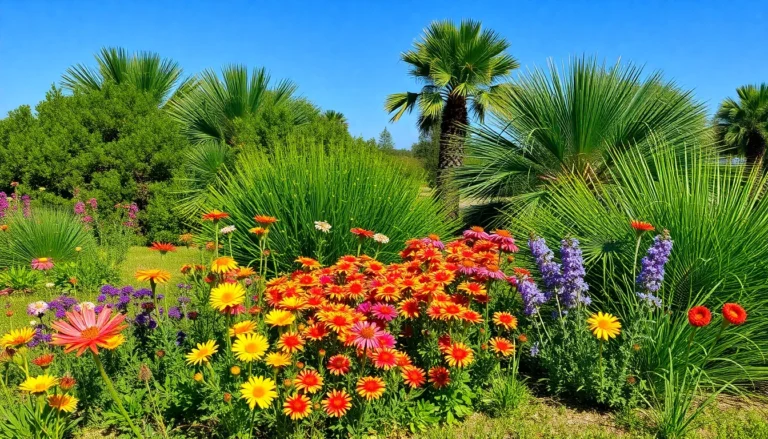When you think of Georgia, what comes to mind? Peaches? College football? How about a vibrant ecosystem full of unique plants? Native plants in Georgia aren’t just pretty: they play a crucial role in local ecosystems and offer a glimpse into the state’s rich history. Whether you’re a seasoned gardener or just curious about the world around you, this guide will take you beyond the basics of Georgia’s flora. So grab your gardening gloves, or maybe just a comfy chair, and let’s jump into the intriguing realm of Georgia’s native plants.
Georgia Native Plants
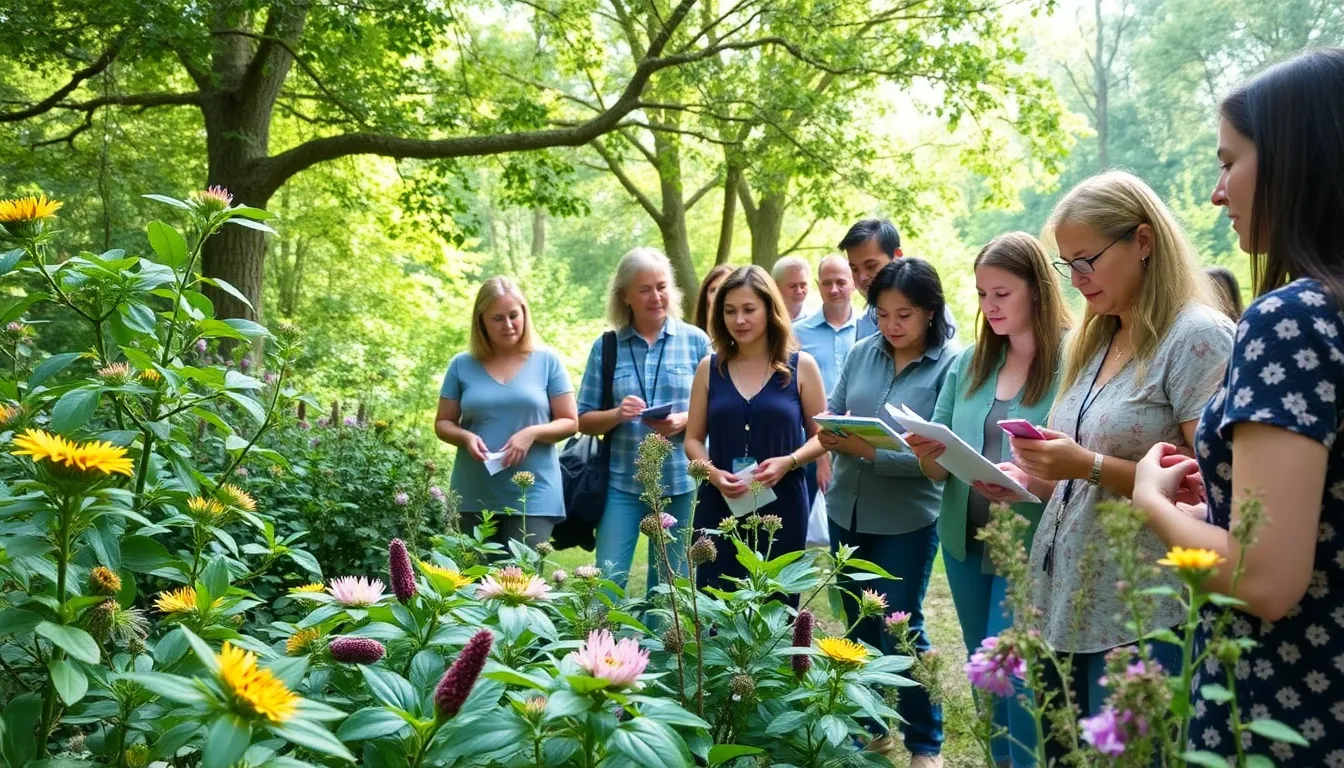
Benefits To Local Ecosystems
Native plants are more than just the local greenery: they are essential players in maintaining the health of Georgia’s ecosystems. These plants have evolved alongside local wildlife, creating a symbiotic relationship that benefits both. For instance, native flowers attract pollinators like bees and butterflies, crucial for the reproduction of many plant species. Plus, native plants provide food and shelter for various animals. Without them, many of these creatures would struggle to survive. Besides, these plants often require less water and fewer fertilizers, making them more sustainable choices for the environment.
Cultural Significance And Historical Uses
Native plants also tell the rich story of Georgia’s history. Indigenous tribes used various plants for food, medicine, and craft. For example, the Georgia native plant, the Black Elderberry, was utilized not only for its delicious berries but also for its medicinal properties. Learning about the historical uses of these plants enhances an appreciation for pathways of traditional knowledge that still resonate today. So, embracing native plants means connecting with Georgia’s cultural heritage and ecological past.
Promoting Biodiversity And Resilience
By planting native species, gardeners and landowners contribute to the biodiversity that is essential for ecosystem health. Biodiversity helps ecosystems withstand changes and adapt to new challenges, such as climate change and urban development. In Georgia, where numerous species are native to distinct habitats, selecting local flora not only supports wildlife but also enhances the landscape’s resilience. Native plants are hardier, more adaptable, and better suited to local conditions, reducing the need for chemical fertilizers and excessive irrigation.
Top Native Plants In Georgia
Flowering Plants
Georgia boasts a variety of gorgeous flowering native plants. The Coneflower, with its brilliant purple bloom, is a favorite for gardeners looking to attract pollinators. Another beauty, the Butterfly Weed, not only dazzles with its bright orange flowers but is also a magnet for butterflies.
Trees And Shrubs
When you think of trees in Georgia, the Southern Live Oak stands tall as a beloved native species. Its grand branches draped with Spanish moss provide shade and habitat for many creatures. The Red Maple, known for its stunning fall foliage, also thrives in various soil conditions throughout the state, making it a popular choice for homeowners.
Grasses And Groundcovers
Let’s not forget about the unsung heroes of the garden world, grasses and groundcovers. The Little Bluestem grass is an excellent choice for adding texture and color to any landscape. It thrives in poor soils and is a vital part of the southern landscape.
How To Incorporate Native Plants Into Your Garden
Site Selection And Preparation
Choosing the right spot for planting is crucial. Native plants need specific conditions to thrive. Start with a soil test to determine pH levels and nutrients. Once you know what you’re working with, select plants that will thrive in the conditions you have. Remember to consider sunlight and water needs, after all, not every garden plot is a sun-soaked wonderland.
Maintenance And Care
Once established, native plants typically require minimal maintenance. But, a little TLC goes a long way. Regular watering may be essential in the initial growth stages, but many native plants can withstand periods of drought once established. Periodic weeding and mulching will also help keep the garden looking pristine and allow native plants to flourish.
Resources For Native Plant Enthusiasts
Organizations And Nurseries
For those eager to learn more about Georgia’s native plants, numerous organizations and nurseries specialize in native species. Groups like the Georgia Native Plant Society offer educational events and resources for plant lovers. Local nurseries often carry a range of native plants, making it easier to find the exact species you want for your garden.
Online Databases And Guides
The internet is a treasure trove of information for budding botanists. Websites like the USDA PLANTS database provide comprehensive information about native plant species, including their ecological roles. Online forums and garden blogs can also provide firsthand experiences from fellow gardeners, complete with tips and tricks for success.
